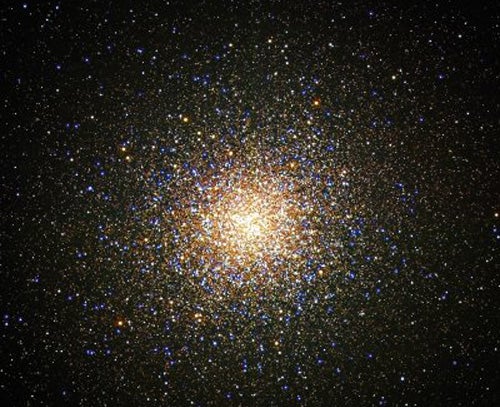Other binocular targets
Coma Berenices Star Cluster
Constellation: Coma Berenices
Type: Open cluster
R.A.: 12h 25m
Dec.: +26
Magnitude: 1.8
Size: 275′
 View these objects with Star Dome
View these objects with Star Dome
Coma Berenices Star Cluster
Constellation: Coma Berenices
Type: Open cluster
R.A.: 12h 25m
Dec.: +26
Magnitude: 1.8
Size: 275′
M3
Constellation: Canes Venatici
Type: Globular cluster
R.A.: 13h 42.2m
Dec.: +28 23
Magnitude: 6.4
Size: 16′
![]() View these objects with Star Dome
View these objects with Star Dome
M5
Constellation: Serpens
Type: Globular cluster
R.A.: 15 18.6
Dec.: +02 05
Magnitude 5.8
Size: 17′
![]() View these objects with Star Dome
View these objects with Star Dome
M13
Constellation: Hercules
Type: Globular cluster
R.A.: 16 41.7
Dec.: +36 28
Magnitude: 5.9
Size: 16′
![]() View these objects with Star Dome
View these objects with Star Dome
IC 4665
Constellation: Ophiuchus
Type: Open cluster
R.A.: 17 46.3
Dec.: +05 43
Magnitude: 4.2
Size: 41′
NGC 6633
Constellation: Ophiuchus
Type: Open cluster
R.A.: 18 27.7
Dec.: +06 34
Magnitude: 4.6
Size: 27′
![]() View these objects with Star Dome
View these objects with Star Dome
Spectral types
“Oh Be A Fine Girl (Guy) Kiss Me”
Stars are categorized according to the Harvard classification system. Most stars can be divided into seven types: O, B, A, F, G, K, M. Type-O stars are the hottest in temperature and bluest in color. On the other end of the spectrum, type-M stars are the coolest and reddest. Harvard University astronomers developed this classification method in the 1890s.
“Oh Be A Fine Girl (Guy) Kiss Me”
Stars are categorized according to the Harvard classification system. Most stars can be divided into seven types: O, B, A, F, G, K, M. Type-O stars are the hottest in temperature and bluest in color. On the other end of the spectrum, type-M stars are the coolest and reddest. Harvard University astronomers developed this classification method in the 1890s.
Nearby star clusters
| Cluster | Location | Distance |
| Ursa cluster | Ursa Major | About 80 light-years from Earth |
| Hyades | Taurus | About 150 light-years from Earth |
| Coma cluster | Near Boötes | About 250 light-years from Earth |










